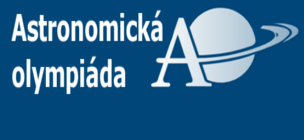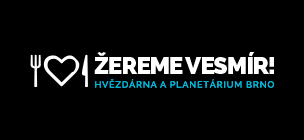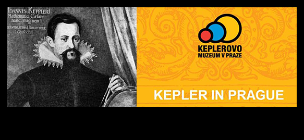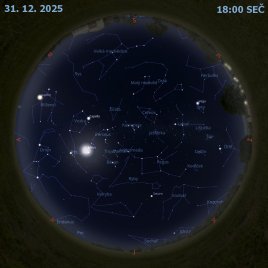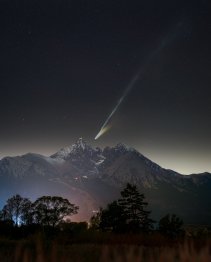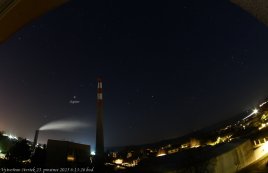Vyšlo nové číslo časopisu Gliese - 1/2009
| Na internetu je nové číslo časopisu Gliese o exoplanetách a astrobiologii. Z obsahu: Podpořte Gliese, staňte se členy Valašské astronomické společnosti! * Venus Express bude hledat život na Zemi * Polsko opět boduje na poli exoplanet * HST objevil oxid uhličitý v atmosféře exoplanety * Rozhovor: Luboš Brát - Sekce proměnných hvězd a exoplanet * Revoluce ve výzkumu exoplanet aneb hledání jehly v kupce sena * Cukr v naší Galaxii |
Celý obsah:
ČLÁNKY:
- Rozsáhlý seriál o exoplanetách na astro.cz (redakce)
- Podpořte Gliese, staňte se členy Valašské astronomické společnosti! (redakce)
- Hledejme mladé planety, jsou dlouho horké (P. Kubala)
- Venus Express bude hledat život na Zemi (P. Kubala)
- Pásy planetek u hvězdy Epsilon Eridani (P. Kubala)
- Příběh života leží na Měsíci? (P. Kubala)
- Polsko opět boduje na poli exoplanet (P. Kubala)
- Rázové vlny a vznik stavebního materiálu pro tvorbu planet (F. Martinek)
- HST objevil oxid uhličitý v atmosféře exoplanety (F. Martinek)
- Planetární soustavy na okraji devastujícího prostředí (F. Martinek)
- Rozhovor: Luboš Brát - Sekce proměnných hvězd a exoplanet (redakce)
- Radioastronomičtí proutkaři objevili vodu v okolí vzdáleného kvasaru (P. Kubala)
- Revoluce ve výzkumu exoplanet aneb hledání jehly v kupce sena (P. Kubala)
RUBRIKY:
- Ze světa exoplanet (Kepler se vydá do vesmíru, připravujeme stránky v češtině, Studenti objevili exoplanetu, Nová kamera pro hledání a výzkum exoplanet, Cukr v naší Galaxii)
- Přírůstky
- Situace na trhu
Gliese 1/2009 ke stažení: soubor (pdf; 0,9 MB)
Kliknutím na obrázek vlevo nahoře si Gliese můžete prohlédnout na wobook.com - návod
Časopis Gliese vydává 4 ročně Valašská astronomická společnost. Podrobnější informace naleznete na stránkách časopisu: www.exoplanety.cz/gliese/, kde si také můžete objednat zdarma zasílání emailem.

